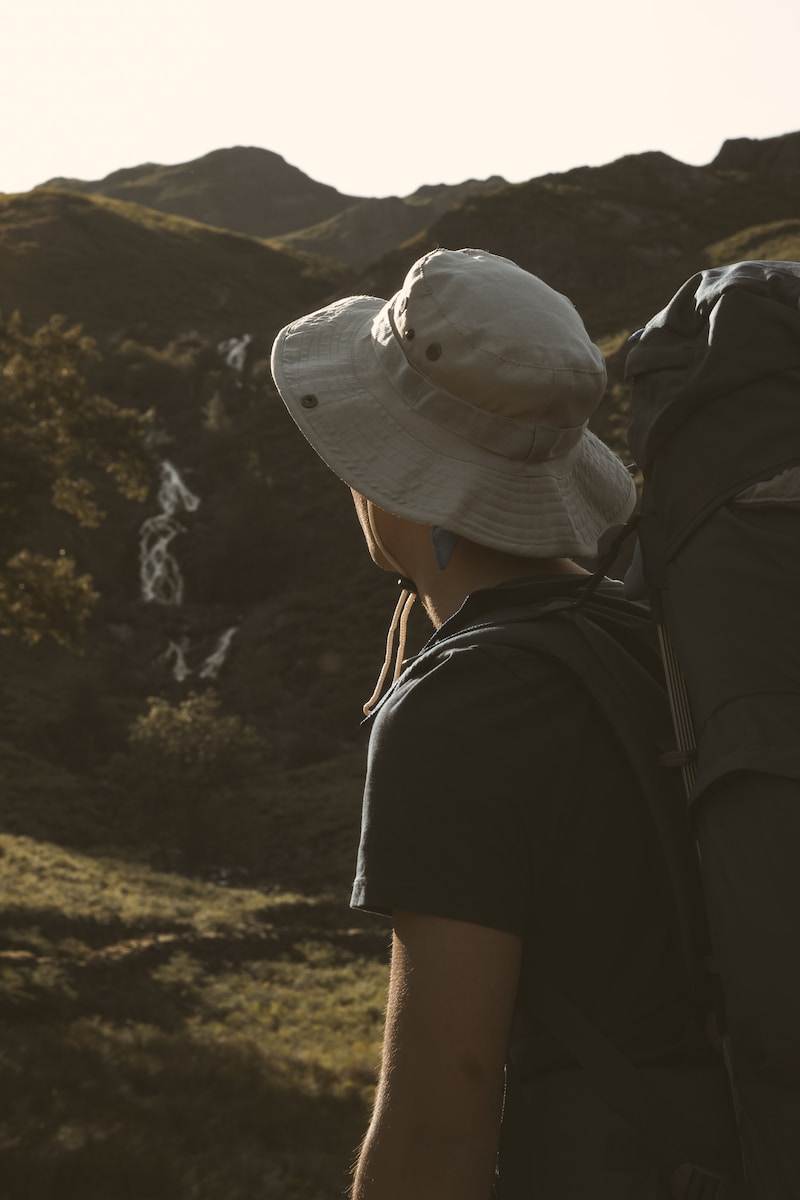Nothing beats the delicious aroma of food sizzling on a grill or campfire on a beautiful day. Outdoor cooking is an art form that has been practiced for centuries, and it’s an activity that brings people together in a unique way. However, did you know that there’s a science behind outdoor cooking too? Understanding how heat and altitude affect your meals can make all the difference in creating the perfect meal.
Sizzle and Science: The Art of Outdoor Cooking
Outdoor cooking is more than just grilling burgers and hot dogs. It’s about creating a culinary masterpiece while enjoying the great outdoors. The foundation of outdoor cooking is heat management. Getting the right temperature is crucial for cooking meat, fish, and vegetables to perfection. Cooking over an open flame requires a bit of finesse to avoid burning or undercooking your food. Understanding the properties of heat, such as conduction, convection, and radiation, is key to mastering the art of outdoor cooking.
Heat, Altitude, and the Perfect Meal
Altitude can significantly affect outdoor cooking. As altitude increases, the air pressure drops, and water boils at a lower temperature. This means that food takes longer to cook, and it can dry out faster. Cooking at higher elevations requires more time and attention to ensure that food cooks evenly and doesn’t dry out. Additionally, it’s essential to adjust cooking times and temperatures for altitude to create the perfect meal.
From Mountains to Beaches: Mastering Outdoor Cooking Techniques
Outdoor cooking techniques vary depending on where you are and what you’re cooking. For example, grilling is a popular technique for cooking in the mountains, whereas, on the beach, people often cook with fire pits or portable stoves. Understanding the different techniques and tools used for outdoor cooking can help you create delicious meals no matter where you are. Experimenting with different techniques and ingredients can also help you develop your style and creativity.
Outdoor cooking is an excellent way to connect with nature and the people around you. With a bit of science and practice, you can create culinary masterpieces that will impress your family and friends. Understanding how heat and altitude affect your meals is key to mastering the art of outdoor cooking. So, whether you’re grilling in the mountains or cooking on the beach, don’t be afraid to experiment and have fun with your outdoor cooking adventures!




